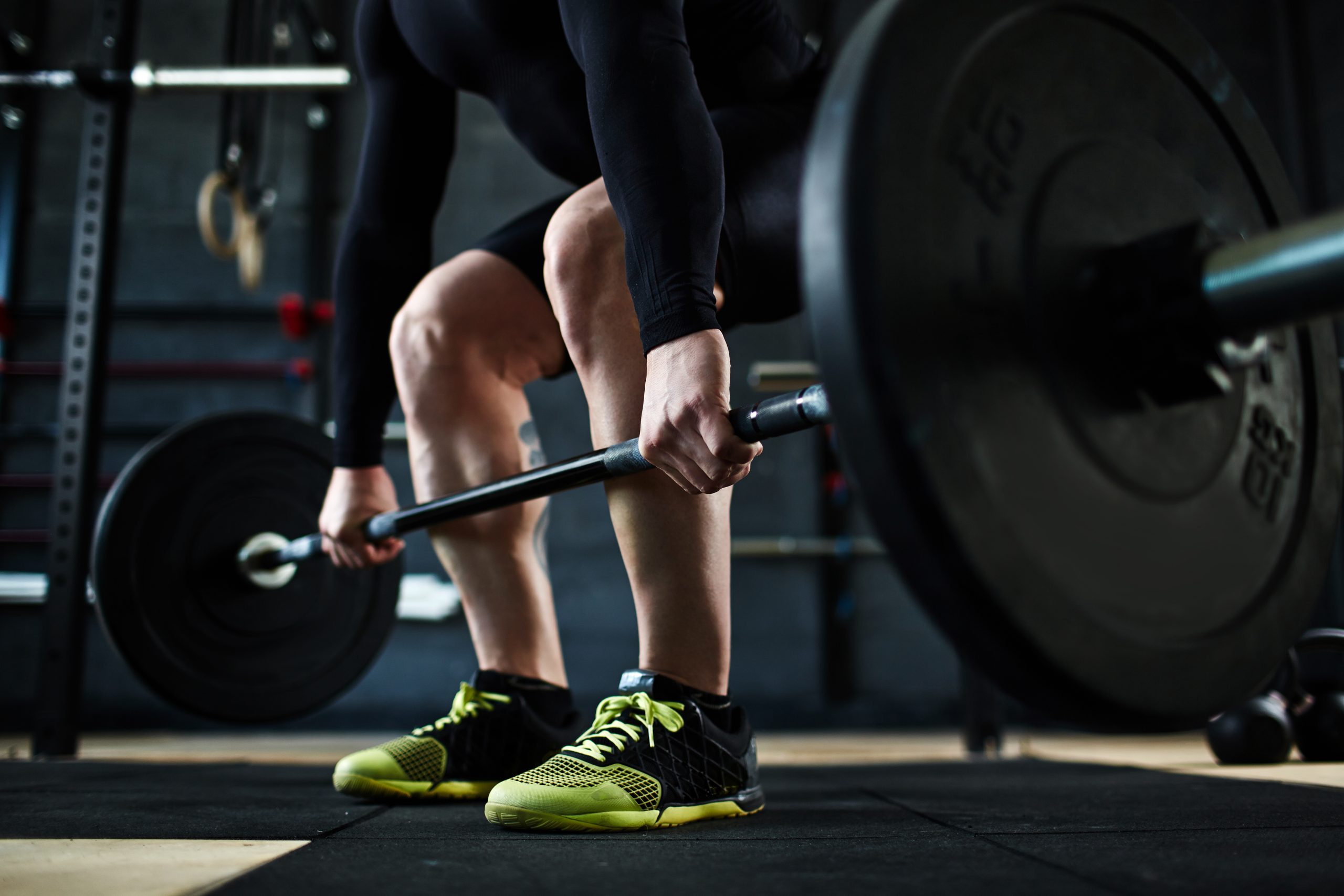Last Updated on November 3, 2022 by admin
Owning a proper pair of training shoes aids in accomplishing your exercise objectives easily and without fear of unnecessary pain or injury. In fact, choosing the right is one of the biggest issues, because no one but you can know the right for you.
There are a lot of factors to consider, and one of the first questions we often hear is whether training shoes can be used for running. In order to understand this issue, you will need to know a little about both running and cross training shoes.
So, Can Training Shoes be Used for Running?
Training shoes are produced for different purposes. However, they are made expressly for those who are into sports and other physical activities. Regardless of which activity you will be engaging in, this type of shoe is solid and dependable.
There are numerous variables to consider when considering the use of training shoes. While these shoes may match the needs of certain sprinters, there are certain attributes that are not optimal for the runner.
In contrast, running shoes are intended to withstand the consistent impact of the ground. They may or may not have padding, and they also come with different performance features and weights. As you can see, there are some differences when it comes to training and running shoes.
What’s the Difference?
What exactly are the differences?
Padding
Padding gives the feet the security they need during excessive physical movement. While training shoes have a great deal of padding, it isn’t as much as in running shoes. This is the reason running shoes are best for sprinters, particularly those who are into long-distance running.
If you look specifically at this factor, then, the answer to the question the article poses is no. Training shoes can’t be utilized for running, particularly for individuals who regularly run long distances. Doing so could lead to an increased potential for injury.
However, there are some runners that have a completely different opinion when it comes to cushioning in running shoes. Numerous sprinters and podiatrists advocate using limited or no padding between the sole and the impact point of the shoes.
Sole
Training shoe soles are very steady and larger than running shoes. This is to give the wearer better support when engaging in side-to-side movements. However, running shoes have smooth soles that decrease the level of traction.
Weight
The shoes worn for running should be lightweight for the sprinter to move proficiently. However, training shoes are designed to be progressively strong and can withstand different side-to-side actions. That is why they are made to have more weight and to be more durable. This, in turn, makes them a poor option for running.
Sprinters should wear lightweight shoes for the best runs, particularly for long distances. Training shoes are just too heavy for running and can even lead to chronic foot pain and severe long-term damage.
Choosing a Shoe: Which One is the Best?
If you are doing training that involves a lot of lateral movement, training shoes are the best option. They are normally used in weight lifting, high-impact exercise, and sports. They are well-known for their general adaptability when doing activities that are designed to use multiple muscle groups.
With regards to different exercises, other than running, training shoes are the best shoes hands down. They have the sturdiness to withstand the wide range of motion and to protect your feet from any injuries or external hazards.
For running or exercises that use just forward or straight action, running shoes are ideal to wear. They have enough padding and are lightweight enough to secure your feet and make running properly possible.
Is It Bad to Run in the Wrong Shoes?
Running might be the least complex type of exercise. However, it can cause damage when done improperly. There are several points to consider when deciding on the best type of shoes.
The way to run properly and prevent any injuries is simply by wearing the correct running shoes. Many experts suggest that you ask a professional to show you the important characteristics of some of their favorite running shoes.
With this, it is important to realize that everybody’s frame, style of running, and physiology is different. The running shoes that work for one person may not be the best choice for you. Along with the features of your running shoes, you may also want to consider the brand, color selection, and other style factors.
When you make a poor choice for your running shoe, you could be giving up your comfort. You won’t be able to run at the most efficient level. You may find yourself feeling more fatigued. Even more regrettable, in the wrong shoes, you could experience foot, knee, and lower leg pain. The wrong shoes can also contribute to poor posture and other problems.
Final Thoughts
Training shoes are sturdy since they are used for exercises that include a lot of movement variations. The padding, additional weight, and larger soles of these training shoes are the primary reasons why sprinters would do best to stick to the tried and true running shoe.
It is a fundamental of running to wear the right kind of shoes. The market is loaded with different kinds of exercise shoes, and we can see why there is some confusion. These different athletic shoes come in different designs, all with different features that optimize them for select activities.
That means choosing a shoe that is designed for the task. Now, can training shoes be used for running? For sprinters, yes (though running shoes would still be better). If you are in it for the long haul, you would be better suited to stick to running shoes.

